10 Poisonous Plants You Must Never Touch
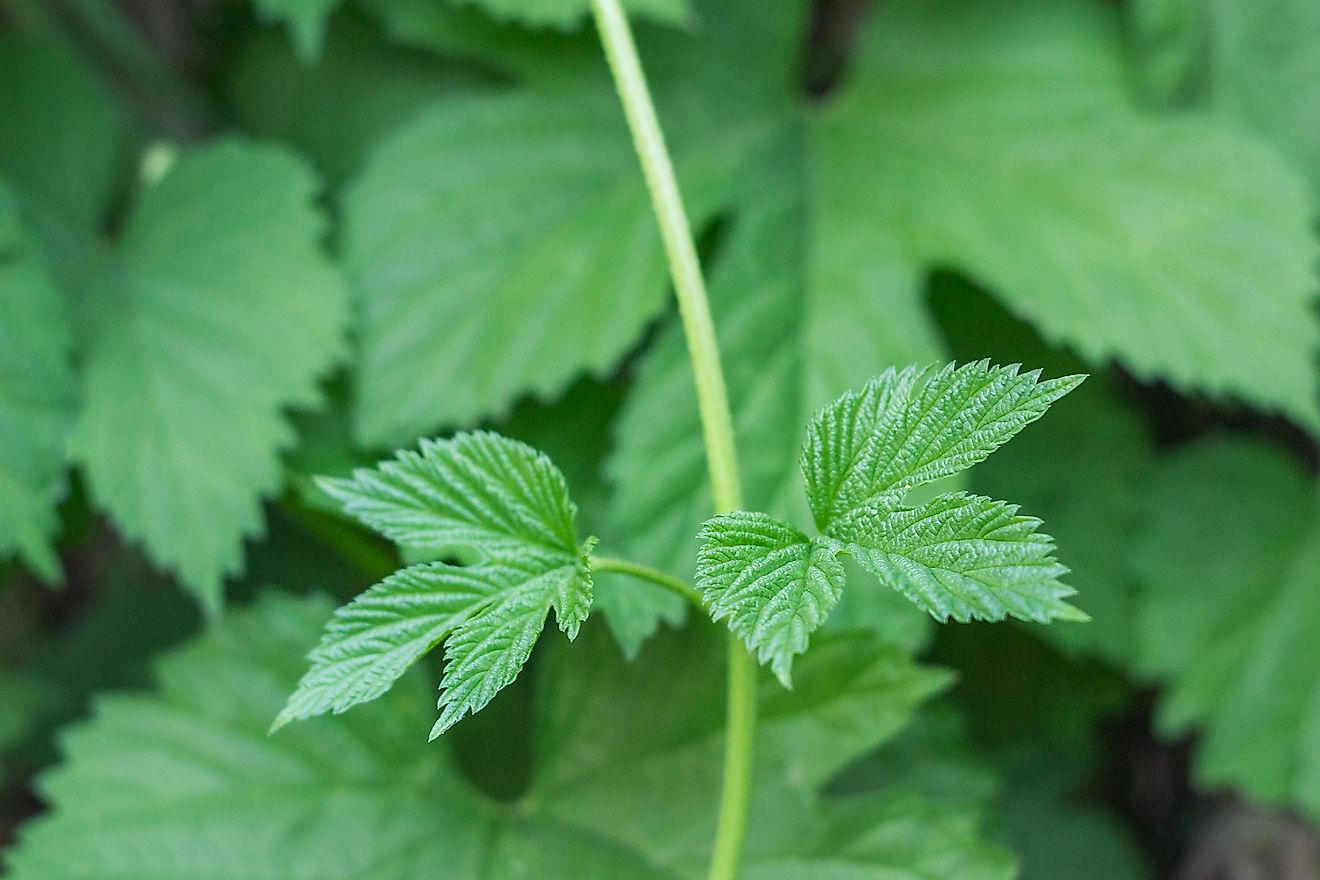
- Manchineel is considered the deadliest plant in the world.
- Every part of the mango contains the allergen urushiol, but not everyone is allergic to its fruit.
- The CDC warns not to burn poison ivy, oak, or sumac as the smoke can cause severe respiratory allergies.
No article about poisonous plants is complete without mention of the terrible trilogy: poison ivy (Toxicodendron radicans), poison sumac (Toxicodendron vernix) and both varieties of poison oak (Toxicodendron diversilobum and Toxicodendron pubescens). All three are members of the Anacardiaceae family of plants and their leaves contain the syrupy sap urushiol that triggers an itchy, swollen, and painful reaction on the skin called contact dermatitis. Hikers need to take extra caution, not just by wearing protective clothing but also when removing them, as urushiol can cling to shoes, tools, clothing, even pets that have come into contact with these plants and the resulting red rash can last up to three weeks. Hawaii and Alaska are the only states without these poisonous plants, but there are other weeds, vines, flowers, and shrubs you definitely want to avoid. Read on to learn more about ten poisonous plants you must never touch.
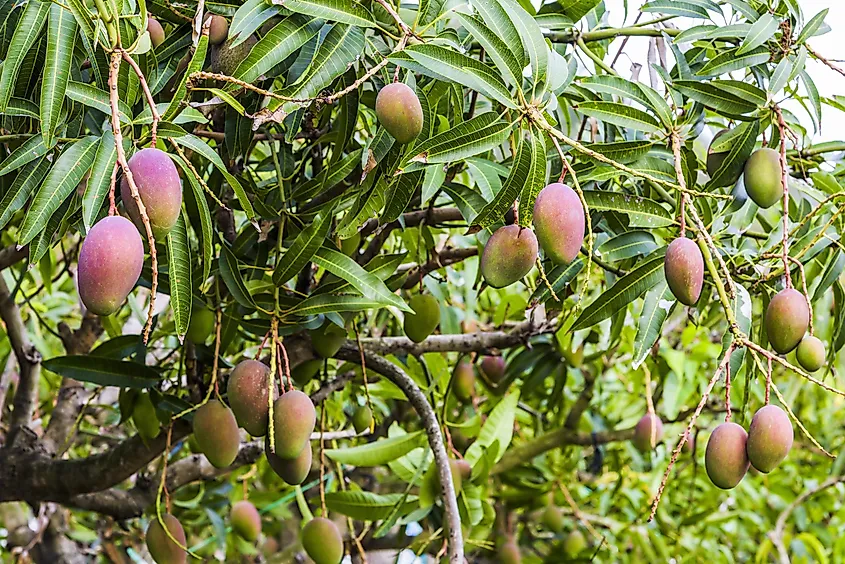
Hawaii might not have the terrible trilogy of poison ivy, oak, or sumac but their exotic cousin on the Anacardiaceae family tree, the mango (Mangifera indica), grows in orchards throughout the islands. Producing urushiol in everything from their bark and leaves to the peel and pulp of their fruit, handwashing immediately after coming in contact with the mango tree is recommended to prevent an itchy, swollen rash. While most people have mild or no reaction to the urushiol in mango fruit itself, others can experience a severe food allergy resulting in anaphylaxis.
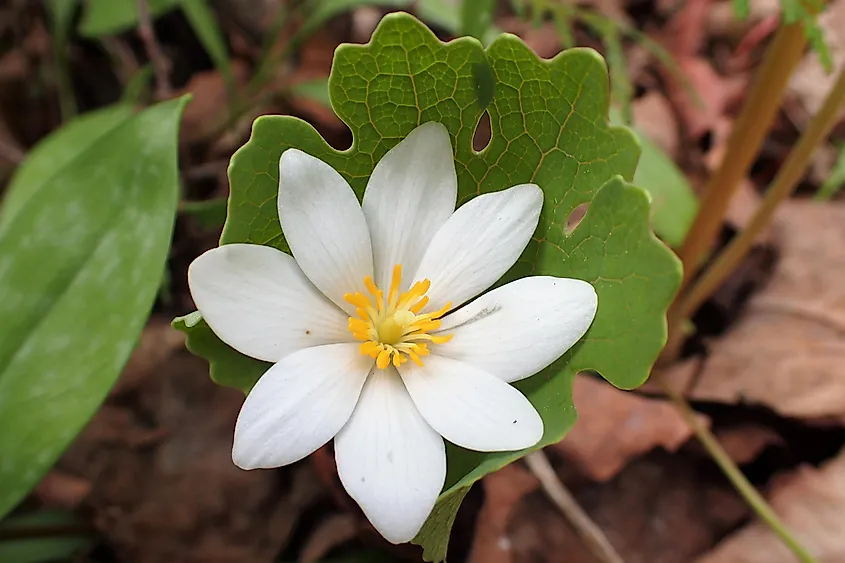
With delicate white petals and sunny yellow stamens, it would be easy to mistake Sanguinaria canadensis for a member of the daisy family, but don’t be fooled. As the name suggests, this not-so-innocent flower produces a reddish toxic sap that looks very similar to blood and contains the toxin sanguinarine, hence the name bloodroot. If ingested, the sap can kill an animal while contact with the skin will result in damage such as burning or necrotic tissue.
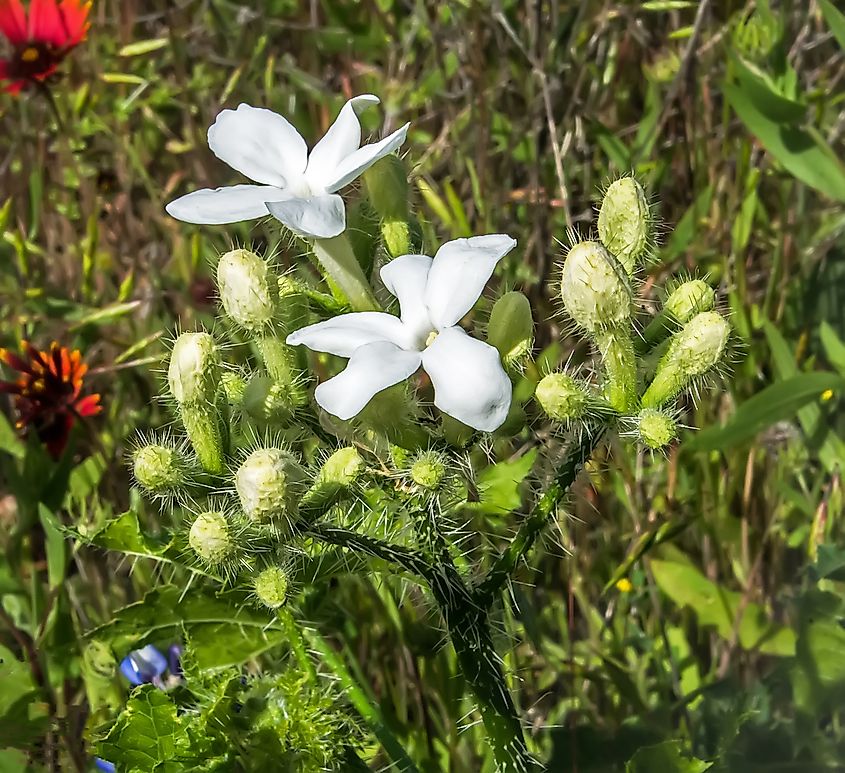
As the name suggests, you want to walk carefully around this herb, especially in bare feet. While the flowers and fruits of the Tread-softly (Cnidoscolus stimulosus) are pretty, they are covered in tiny hairs that detach and affix themselves to the skin, releasing stinging irritants. It’s other common names, the nose burn and finger-rot, are more accurate in their description of what contact with this plant feels like. The intense pain and itching can last up to an hour, while the skin may be discolored for longer, up to several days.
Pain Bush
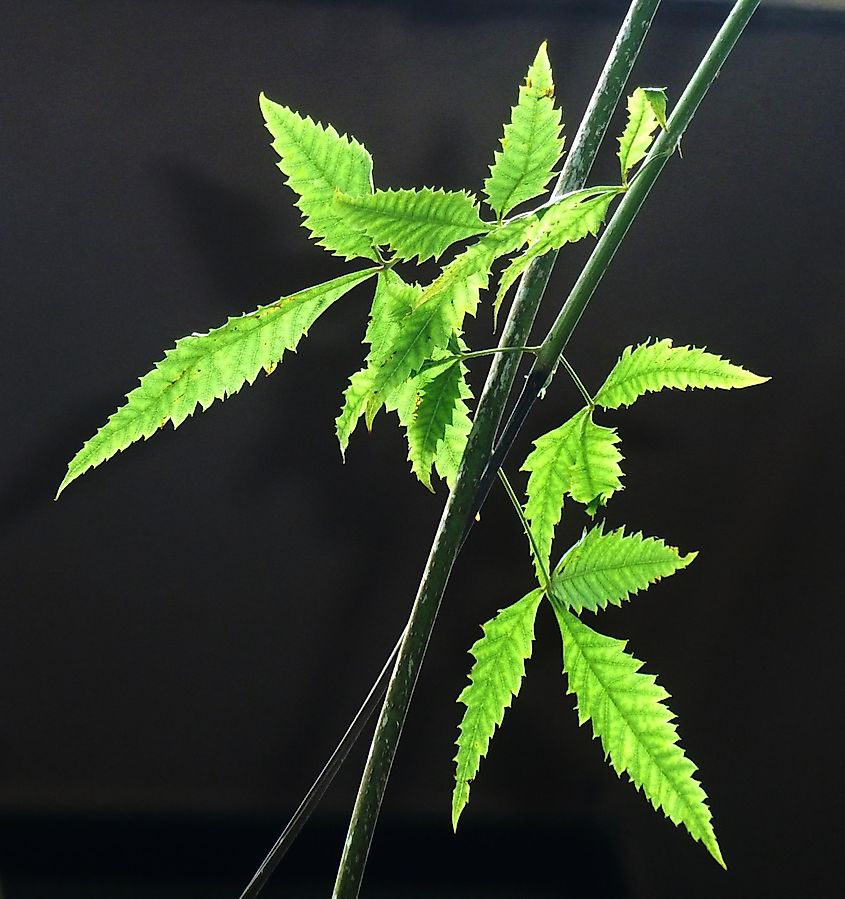
When discussing the pain bush (Smodingium argutum) the name pretty much says it all. When traveling through southern Africa you are going to want to avoid this shrub with its tell-tale three-leaf clusters. Another member of the Anacardiaceae family, coming into contact with its leaves and sap results in a very painful rash along with itching, redness, and swelling that can last for weeks.
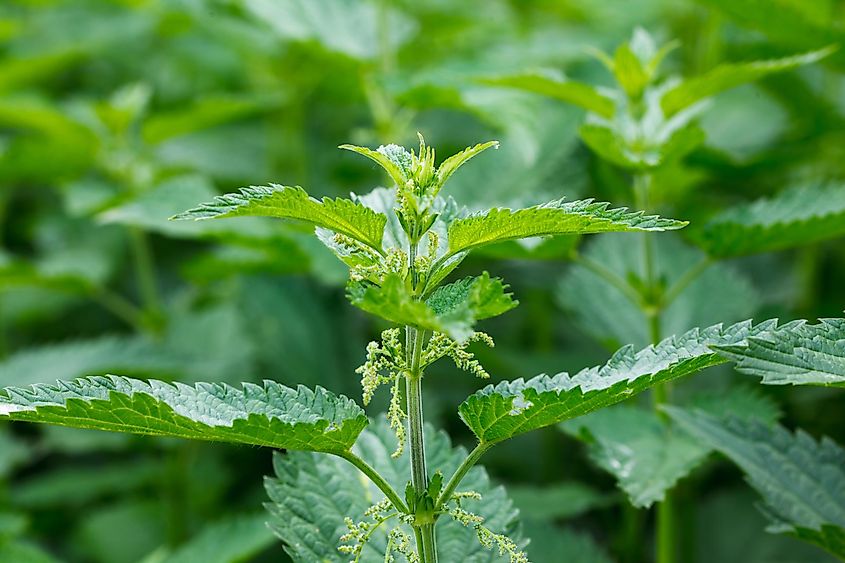
Like the pain bush, stinging nettle (Urtica dioica) lives up to its name. Found on every continent except Antarctica, the formic acid found in the small hairs along the leaves and stems of this herbaceous plant delivers a needle-like sting along with a tingling, burning rash that lasts for a day. Despite the risk, stinging nettles are popular to pick as they make for a delicious, and harmless, vegetable when cooked.
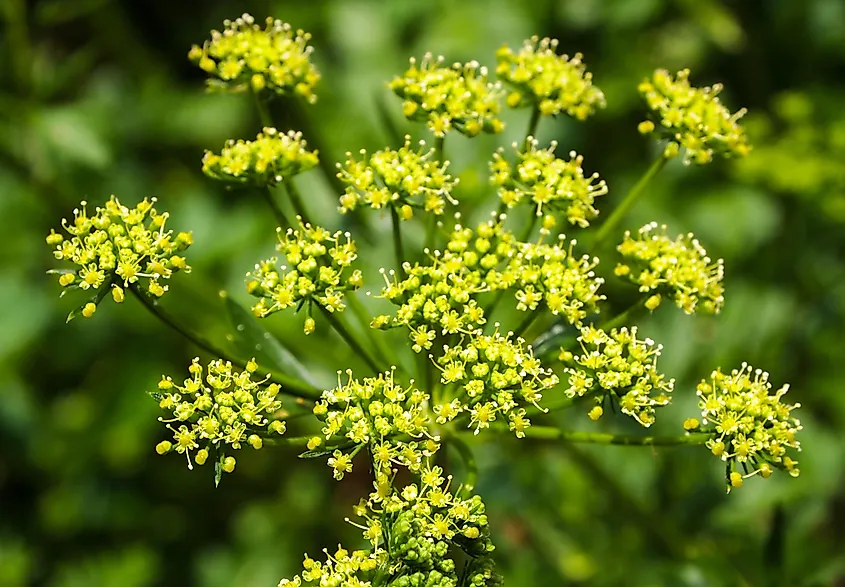
Although you can eat the root of this member of the carrot family, be sure to avoid just about every other part of the wild parsnip (Pastinaca sativa). Often found in open fields and prairies, its yellow, umbrella-shaped flowers are frequently considered a nuisance weed, while the hairy, saw-toothed leaves and grooved stalks produce a toxic sap causing inflammation, burning, and welts when exposed to sunlight. If you come into contact with wild parsnip you may require medical attention for topical steroids and hydrocortisone. Best to stick to the supermarket parsnips.
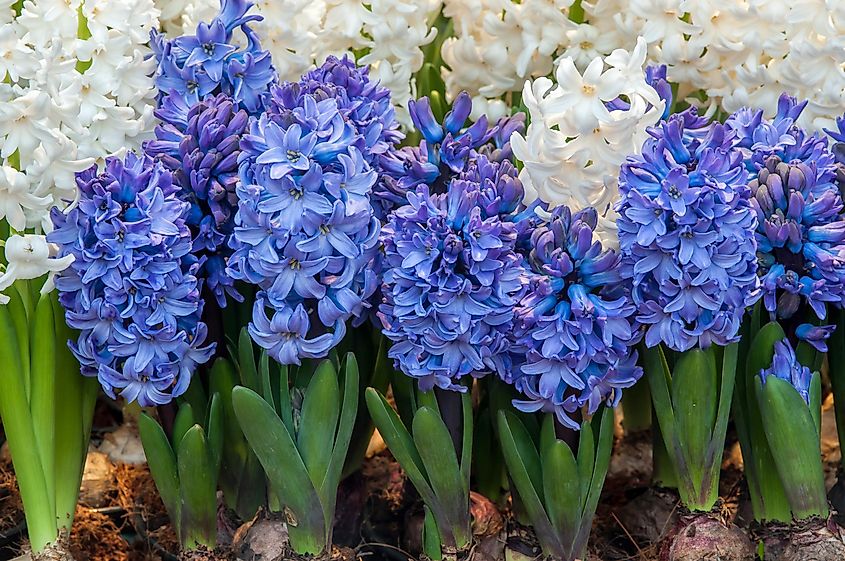
A lovely and aromatic addition to many gardens, it’s not the flower of the hyacinth (Hyacinthus orientalis) that is the most toxic, but the bulb which can cause mild to severe irritant dermatitis. Many inexperienced gardeners have learned this the hard way, planting the bulbs without gloves only to experience swollen red hands that itch and sting for up to 24-hours.
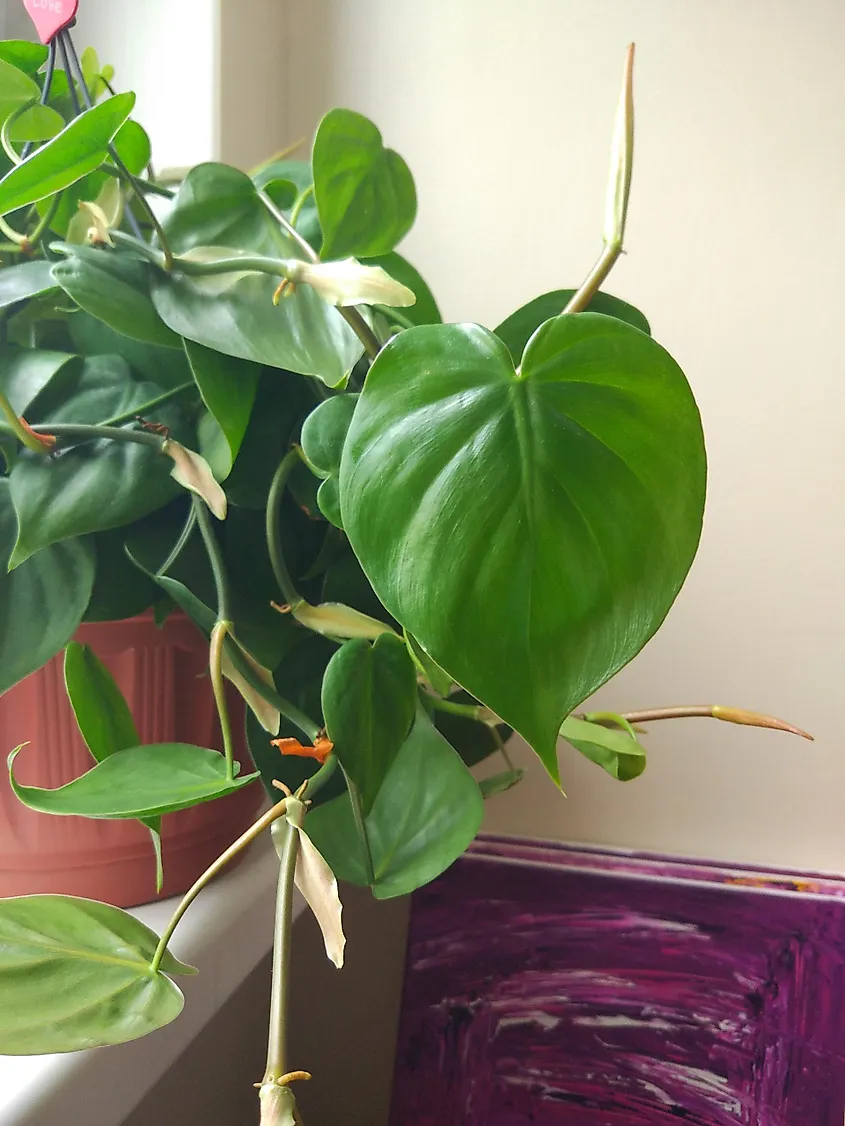
As common as hyacinths are in the outdoor garden, indoor varieties of the philodendron family are popular houseplants. Undoubtedly decorative, they are also mildly toxic. The large-leafed, hearty green plants contain oxalate crystals, as well as derivatives of alkenyl resorcinol in the plants’ fluids. Together these crystals and fluids can cause a variety of irritations ranging from a painful sting in the lips, mouth, and tongue to conjunctivitis (pink eye). Be sure to wash your hands well after watering this plant and keep them away from pets and children.
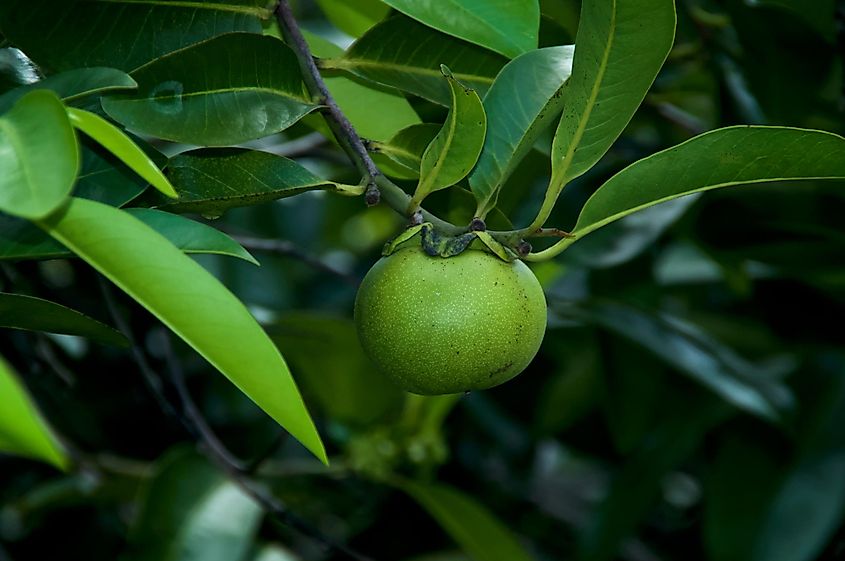
Sometimes referred to by the inviting moniker beach apple, in Spanish the Manchineel (Hippomane mancinella) is more aptly named manzanilla de la muerte (”little apple of death”). Found throughout temperate climates of the Americas, a bite of its fruit will burn and blister your mouth and esophagus, possibly resulting in death. Among the lethal mix of toxins in this plant is the powerful allergen phorbol, which can burn and blister the skin on contact. Sap from the manchineel was used on traditional poison darts of the indigenous peoples, and it is believed the explorer Juan Ponce de Leon may have met his end courtesy of a poison dart on his second journey to Florida.
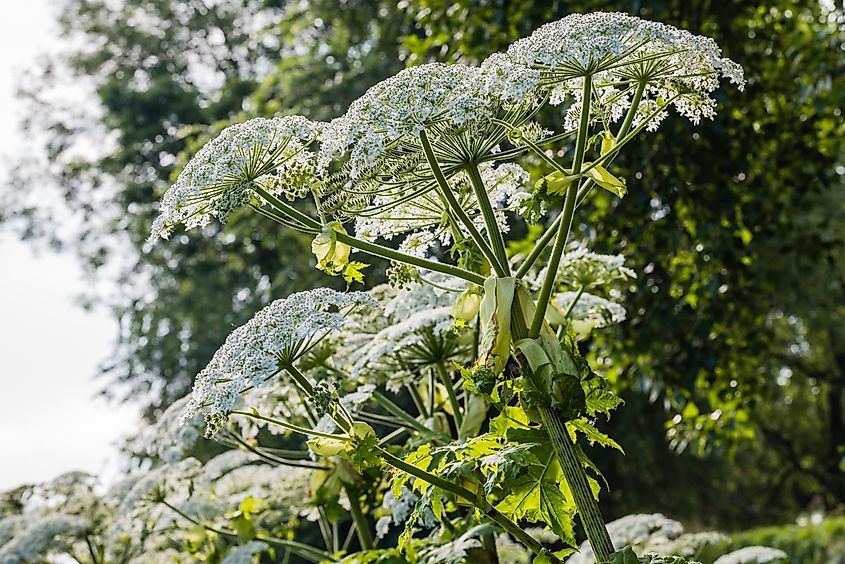
Growing up to 15-feet tall, giant hogweed (Heracleum mantegazzianum) certainly lives up to its name. Health officials have another, less flattering term for this invasive plant: public health hazard. Nearly every part of this wild and unwieldy weed should be avoided, from its clustering white flowers and stems that can irritate the skin with sharp hairs to its toxic sap containing furocoumarins. These chemicals can cause a number of unwanted outcomes such as phytophotodermatitis, wherein sunlight causes the skin to burn and blister, as well as blindness should the sap come into contact with the eyes.











